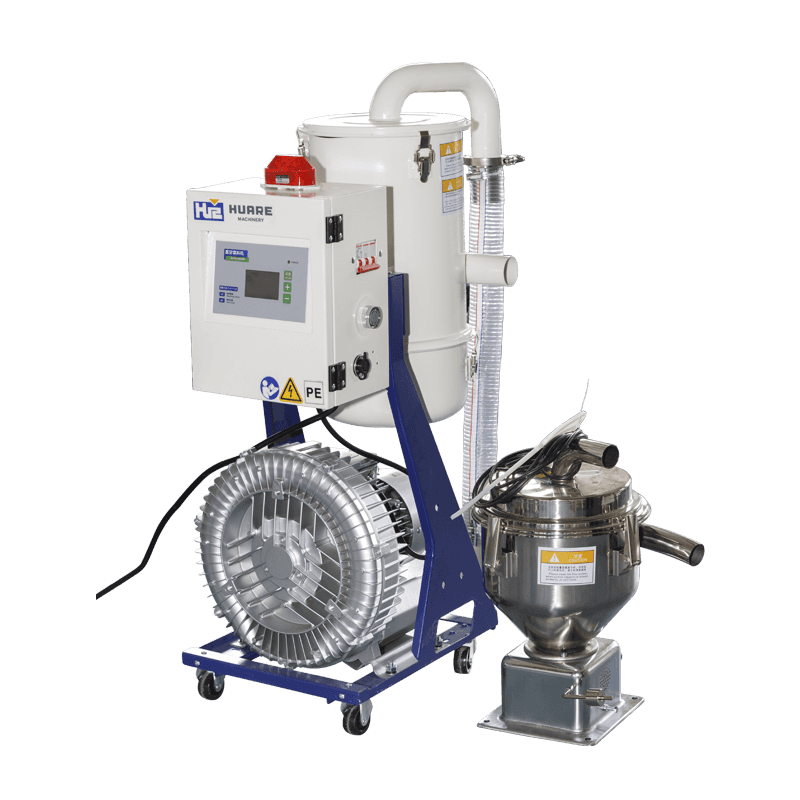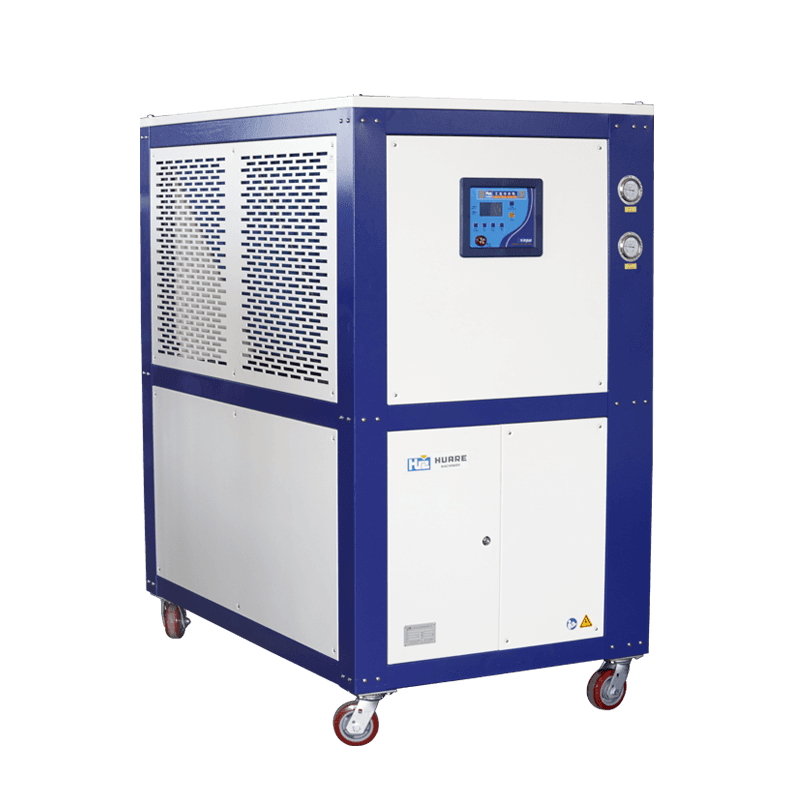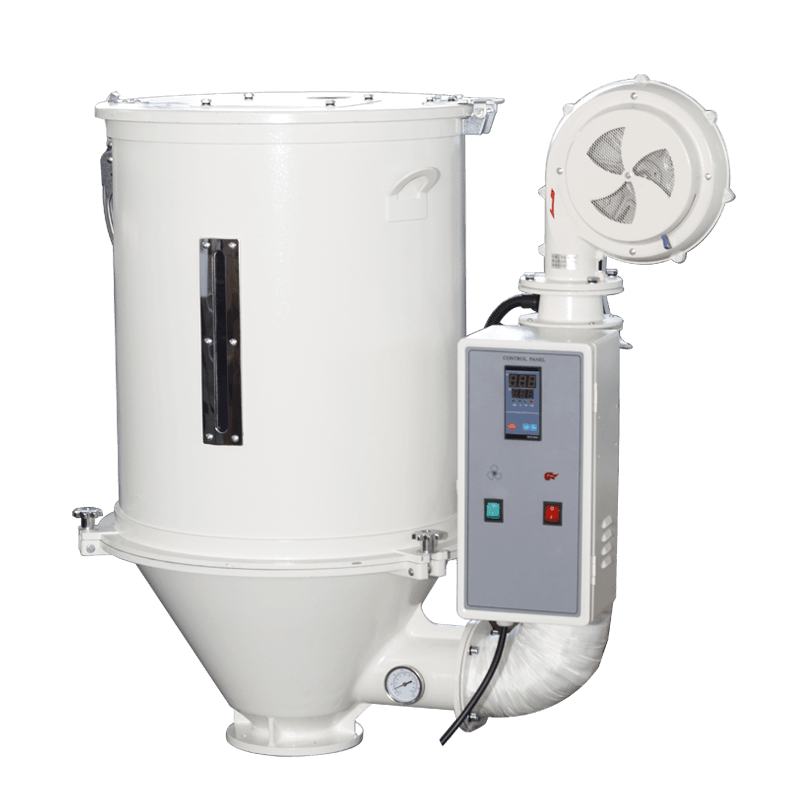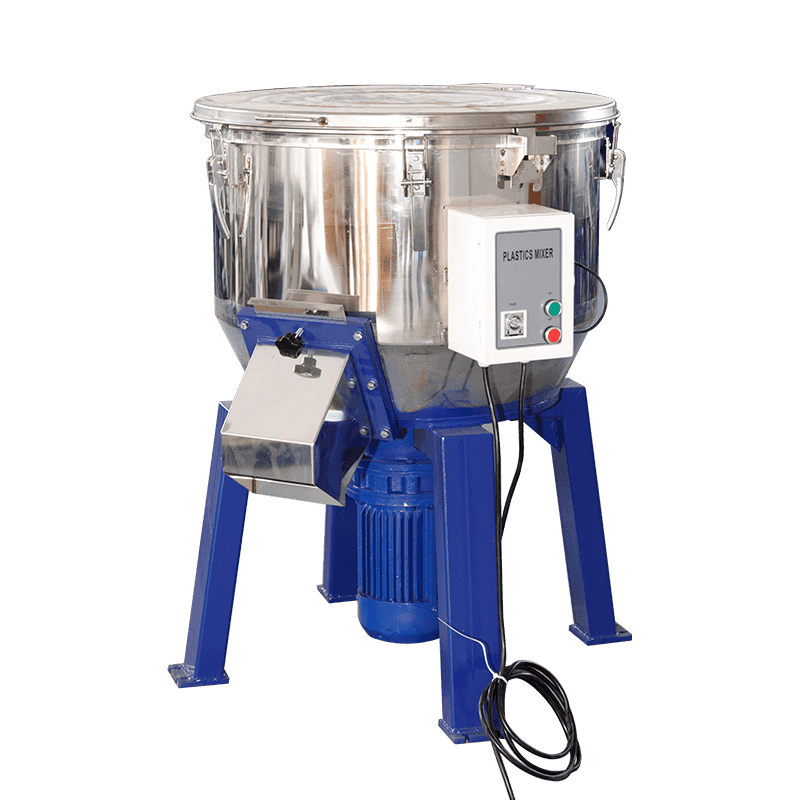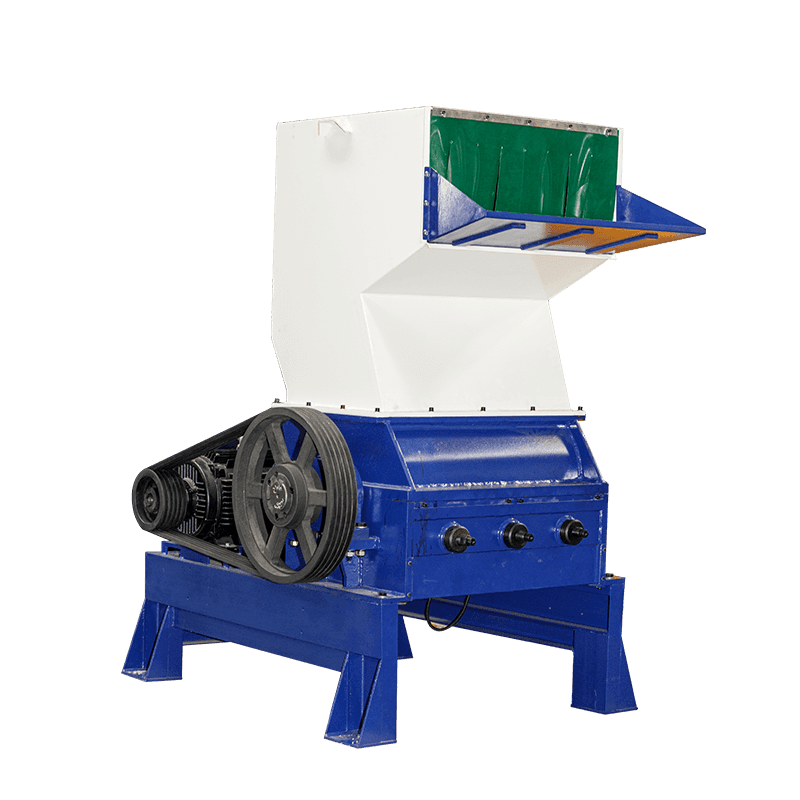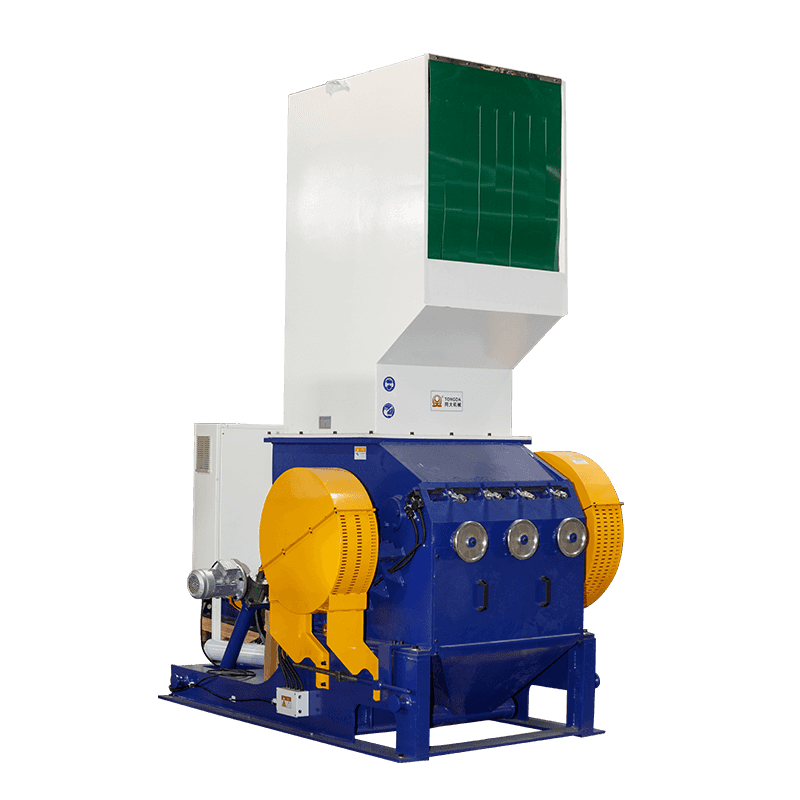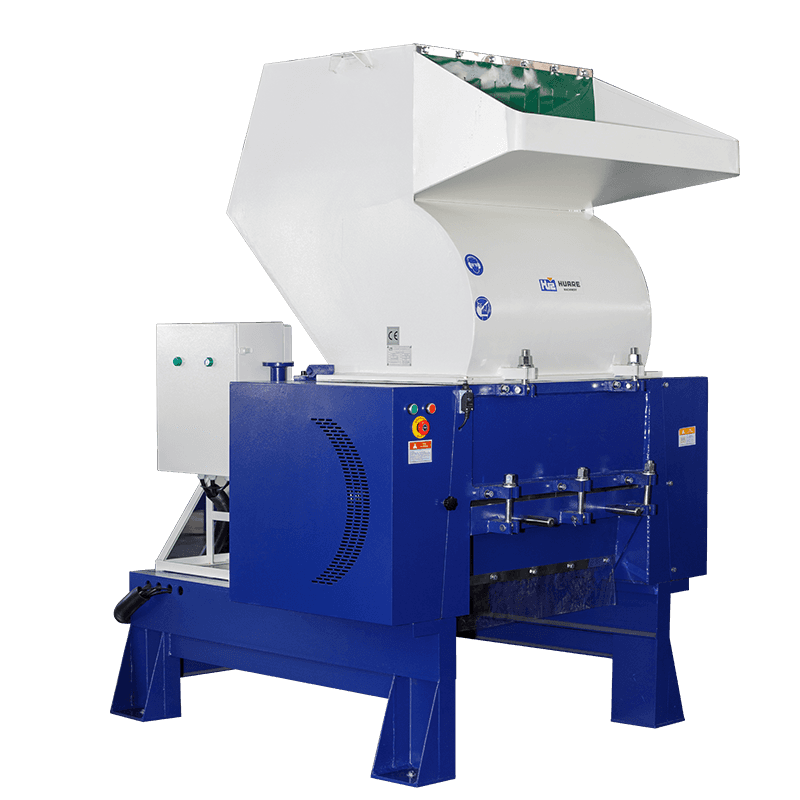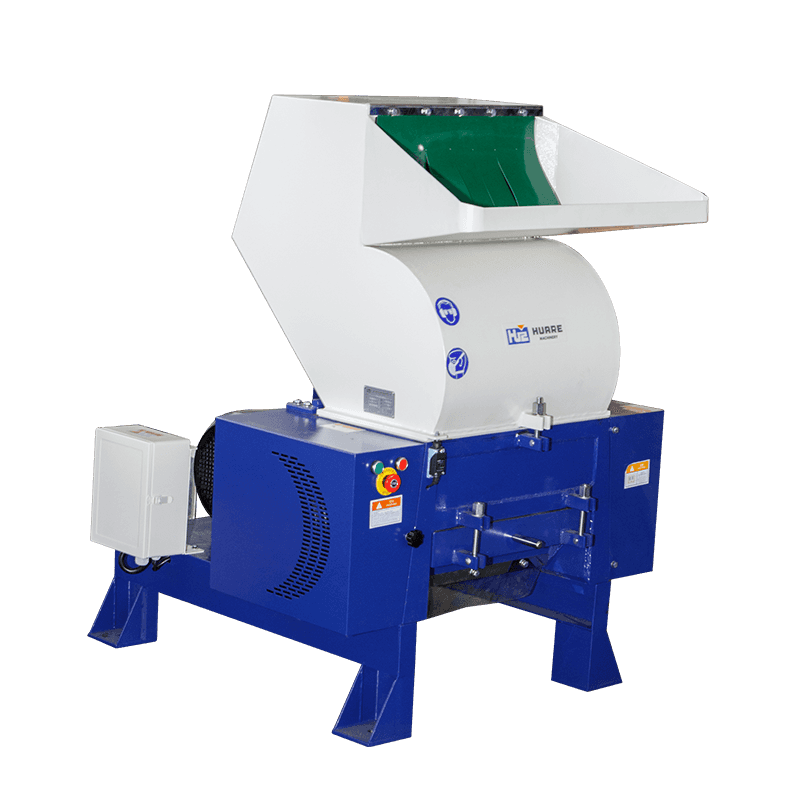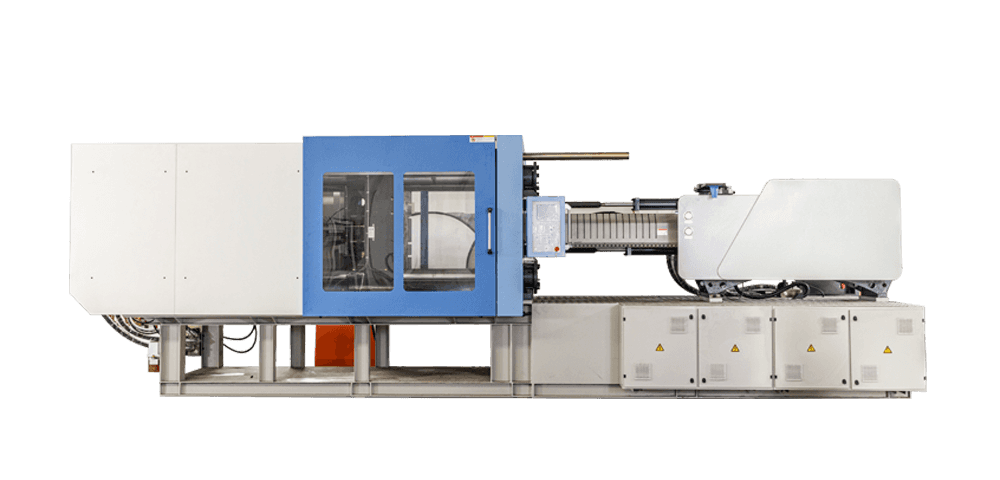Machine wear in injection molding can occur under various conditions, and it is important to understand these factors to minimize wear and extend the lifespan of the equipment. Here are some common conditions that can lead to machine wear in an injection molding machine:
1.Frequent Use and High Production Volume: Continuous and high-volume production can lead to increased wear on various components of the machine, such as the barrel, screw, and mold clamping system.
2.High Injection Pressures and Speeds: Operating the machine at excessively high injection pressures and speeds can cause increased friction and wear on the machine's components, particularly the injection unit.
3.Abrasive Materials: Some plastic materials, especially those filled with additives like glass fibers or minerals, can be abrasive and cause accelerated wear on the screw and barrel. Using appropriate wear-resistant materials for the machine components can help mitigate this issue.
4.Inadequate Lubrication: Improper or insufficient lubrication of moving parts, such as guide rods, tie bars, and ejector pins, can result in increased friction and wear.
5.Material Contamination: Contaminants in the plastic material, such as metal particles or foreign debris, can cause damage to the machine components, leading to premature wear.
6.Improper Maintenance: Neglecting routine maintenance tasks, such as cleaning, lubrication, and inspection of the machine components, can accelerate wear and cause unexpected breakdowns.
7.Excessive Heating or Overheating: Running the machine at temperatures beyond the recommended range can lead to thermal degradation of the components, reducing their lifespan and causing premature wear.
8.Mold Misalignment or Poor Maintenance: Improper alignment or poor maintenance of the mold can result in increased stress on the machine's clamping unit, leading to wear on the tie bars, platens, and other related components.
9.Cyclic Loading: Repeated cycling and fluctuations in operating conditions, such as temperature and pressure, can contribute to fatigue and wear on the machine's structural elements over time.
10.Age and Usage History: Older machines or those with a history of heavy usage may be more prone to wear and may require more frequent inspections and maintenance to ensure continued performance and reliability.
To mitigate machine wear, it is essential to adhere to a regular maintenance schedule, use appropriate materials and lubricants, follow recommended operating parameters, and monitor the performance of the machine closely. Implementing preventive maintenance practices and conducting regular inspections can help identify potential issues early and prevent significant wear-related damage.
Under what conditions will machine wear occur when using an injection machine?
PREV:Does the injection machine require quality inspection and adjustment after changing materials?
NEXT:How efficient is the material replacement of the injection machine?




 English
English عربى
عربى Español
Español